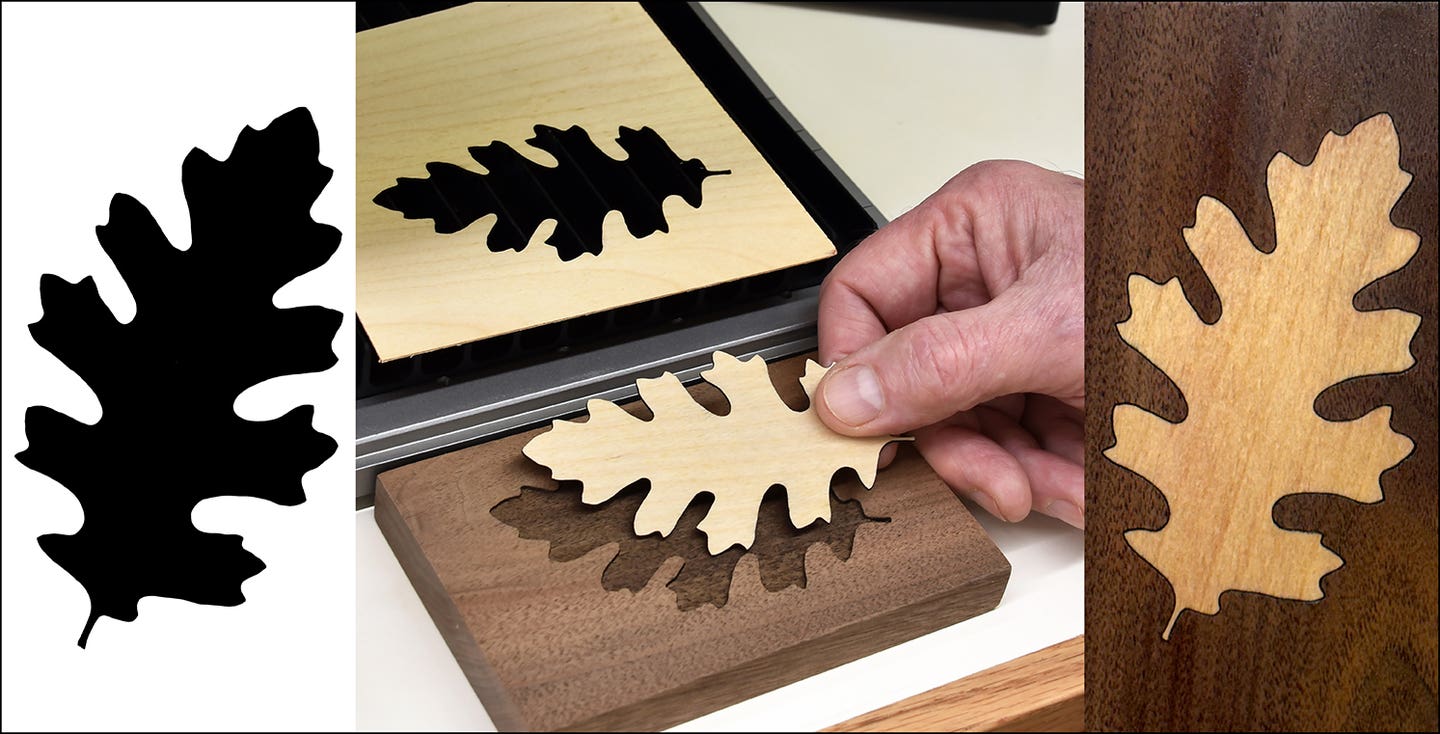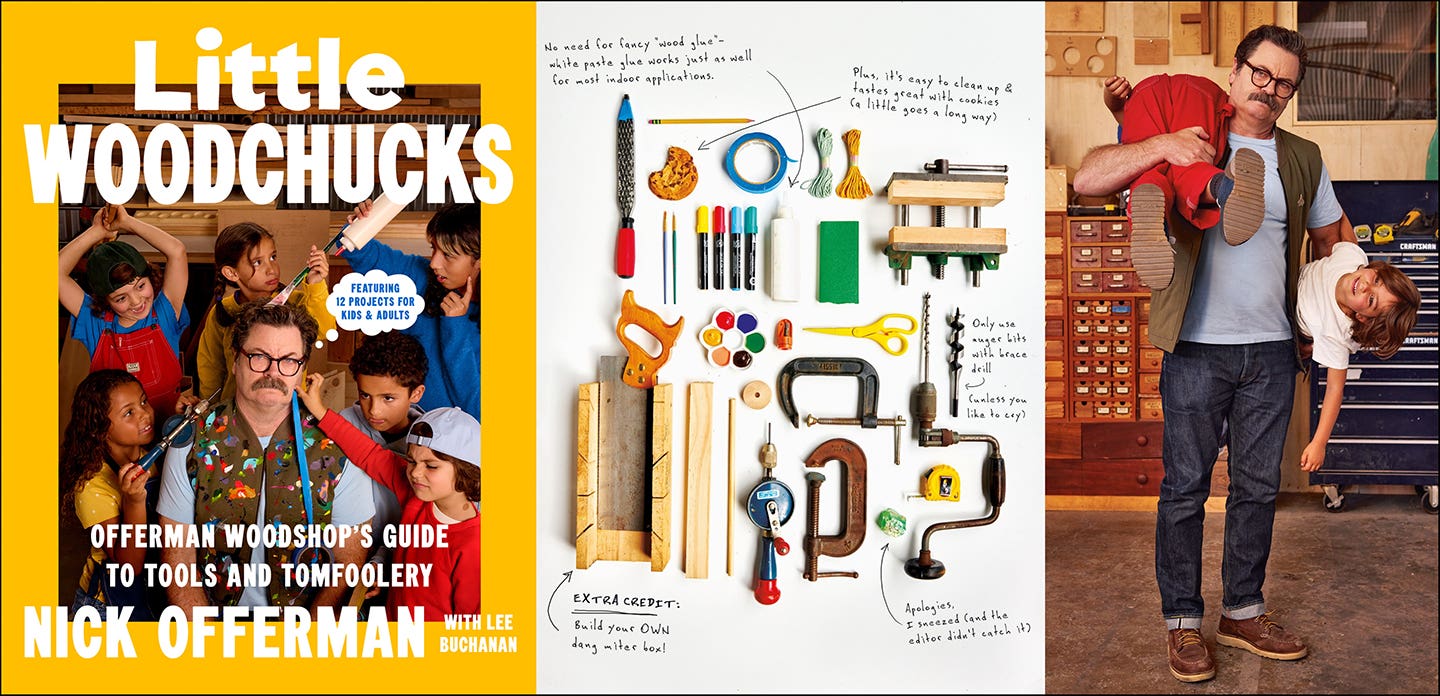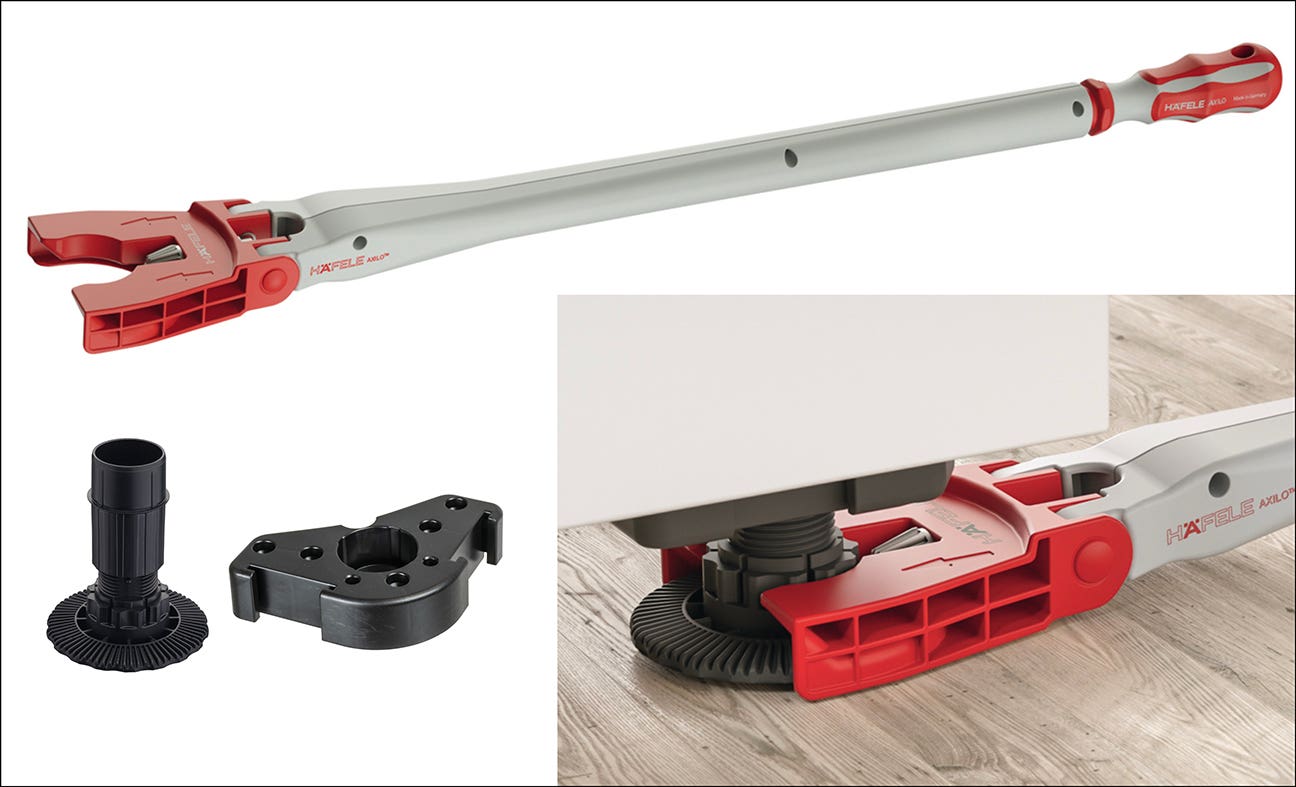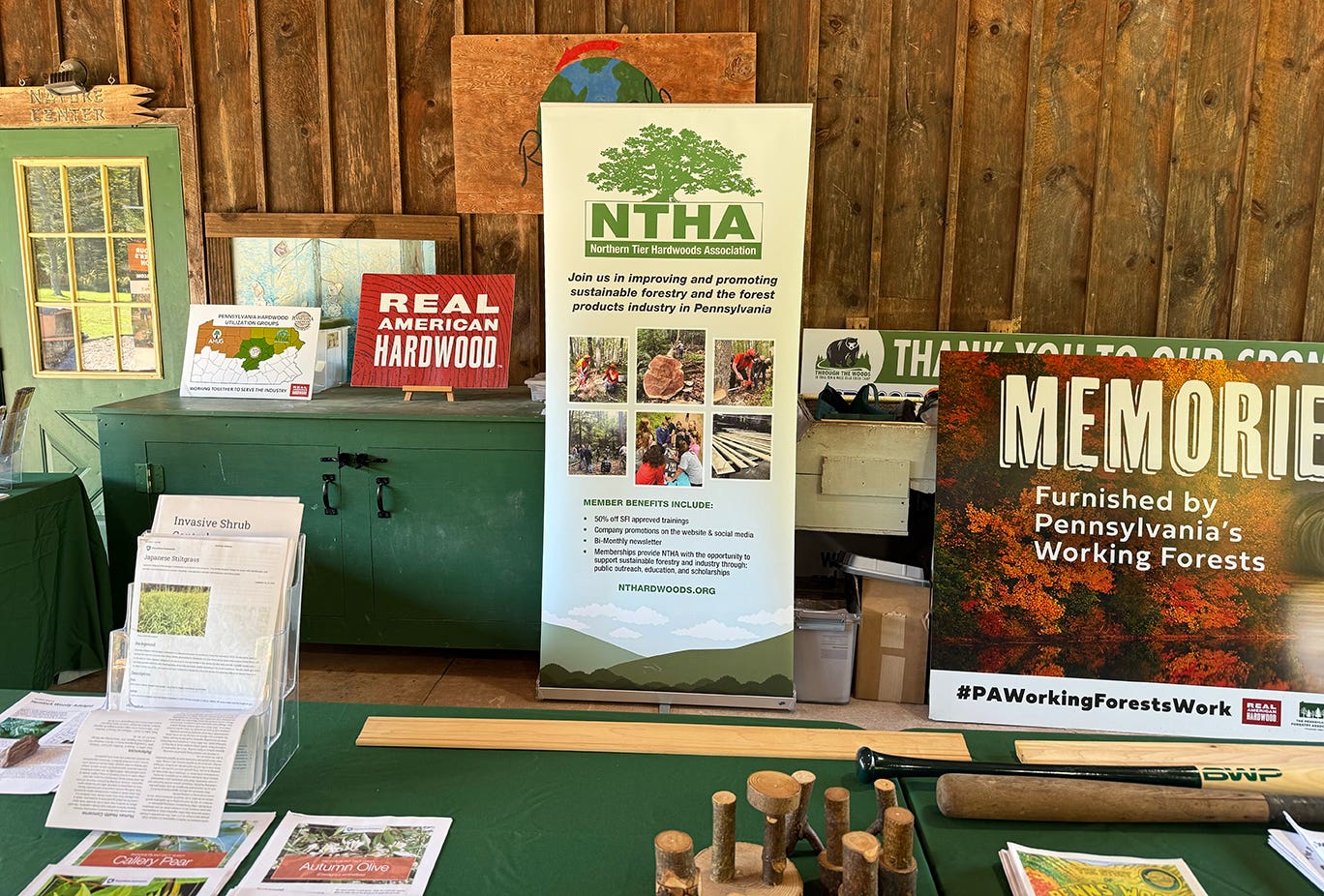The problem with drawer fronts
There are many ways to design cabinet drawer fronts. Making the drawer fronts match the doors is one way. But when you have raised panel doors, you can’t use full…
There are many ways to design cabinet drawer fronts. Making the drawer fronts match the doors is one way. But when you have raised panel doors, you can't use full rails on the narrower drawer fronts.
Personally, I don't have a problem with 1.5" wide rails. I have gone as narrow as 3/4" in order to accommodate a full raised panel detail. But this can get you into some other problems. For example, the flat field of the panel may not be wide enough to accommodate a pull. So you want to consider the height of your smallest drawer front and you have to do this in advance of building your cabinets.
Another way to deal with drawer fronts is to abandon the idea that they have to match the doors. On a recent project, I made the drawer fronts flat but I wrapped the outside edge with a rabbeted bolection molding. The molding was designed to emulate the detail on the door frames so that they worked together but had a distinct design. This ended up looking very nice and stepped around the repetitive look that matching fronts and doors can have.
I have also used a different panel detail on drawer fronts that has a similar but smaller profile. This has been moderately successful but some people will immediately notice that while the frames match the doors, the panel profiles do not align perfectly.
In the end, your decision has to be made on the basis of what you (or your customer) likes. This is a completely subjective decision. What might look good to one person will look hideous to another. The only one who has to like it is the one who has to look at it every day. I would make mockups of different possibilities so that you (and anyone else involved in the decision making process) can see clearly what it will look like.
D.D.
David DeCristoforo possesses an extensive resume as designer/maker of fine furniture, high-end cabinetry and architectural woodwork. His experience in professional woodworking spans a period of 35 years. For the past 20 years David DeCristoforo Design has been located in Woodland, California. During this time David's shop has ranged in scope from a "full on" cabinet production shop with as many as 15 employees to a small fine furniture and custom millwork shop, working with his son, David RBJ, a highly skilled maker in his own right.







